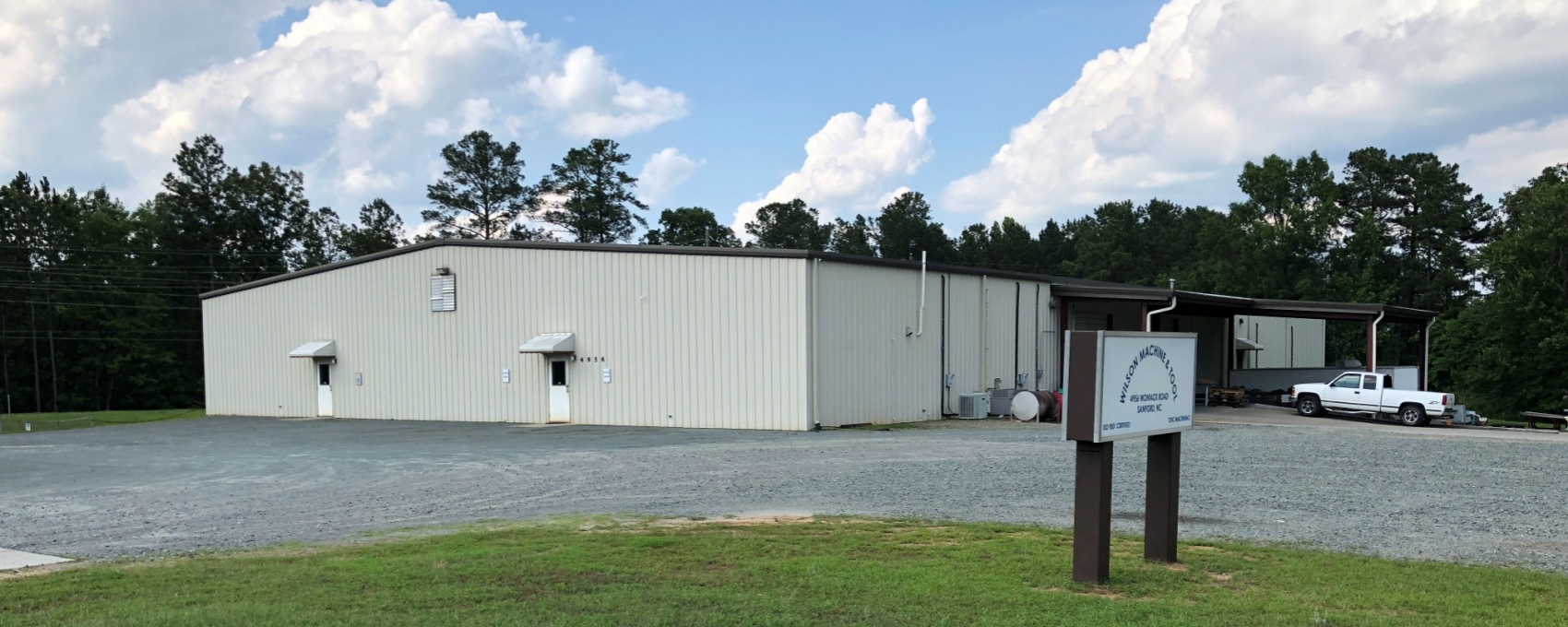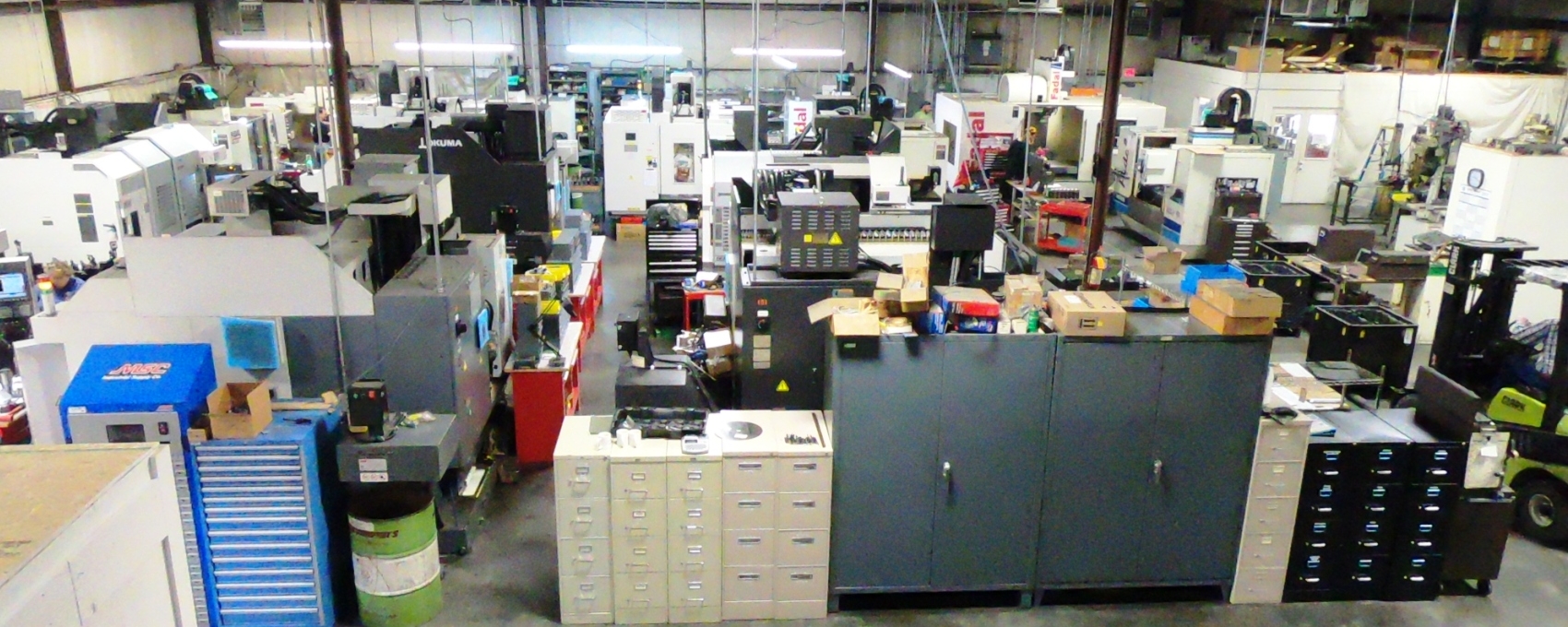How the CNC Machining Process Works
Computer numerical control, better known as CNC, allows software to manage the movement of various manufacturing tools and machinery, like routers, grinders, and lathes. The process of CNC machining allows for precision cutting tasks to be done perfectly every time. A full set of CNC instructions can be performed one after another without manual intervention in a precision machine shop.
How Does CNC Programming Work?
The work done during a CNC machining process is controlled by a software program. This program, entered via a keyboard, is a series of commands that prompt the machine to perform specific actions. The CNC program can be saved and edited as needed if manufacturing needs change.
The programming language, known as G-code, can control the speed, feed rate, and coordination of each movement the machine makes. It can move the tool from one location to another to perform multiple operations consecutively. It can also switch tools being used in the middle of the program.
When the machine turns on the program gets loaded into memory, preparing the machine to do its work. It then performs the steps as prompted by the program.
Close-loop vs Open-loop
The programming can control the machine in either an open-loop or a closed-loop.
With an open-loop, the program sends out the next command which the machine performs without providing feedback.
With a closed-loop, the program sends out the next command as in an open-loop. However, the program can also receive feedback from the machine, such as irregularities in position or velocity. This allows the program to send back adjustments to keep the work going as expected.
How It Works in a Precision Machine Shop
The first step in producing a CNC program is the computer-aided design (CAD) of the final product. The CNC programmer uses computer-aided manufacturing (CAM) software to design the steps the machines will use in manufacturing. The manufacturing process can involve several tools, different machines, and even robotic arms to move parts from one machine to another.
The CNC machining process provides a consistency that manual operations cannot replicate.








